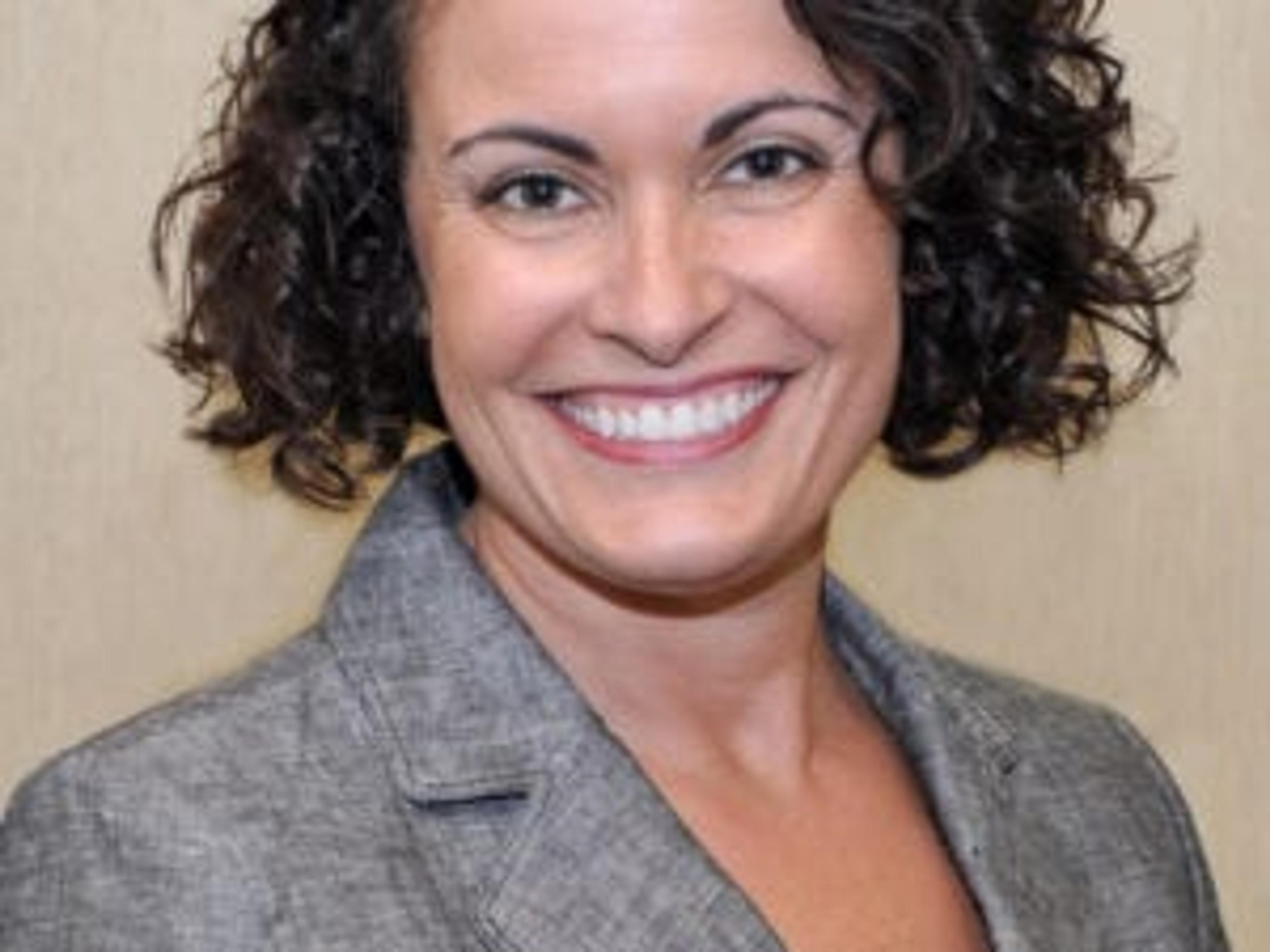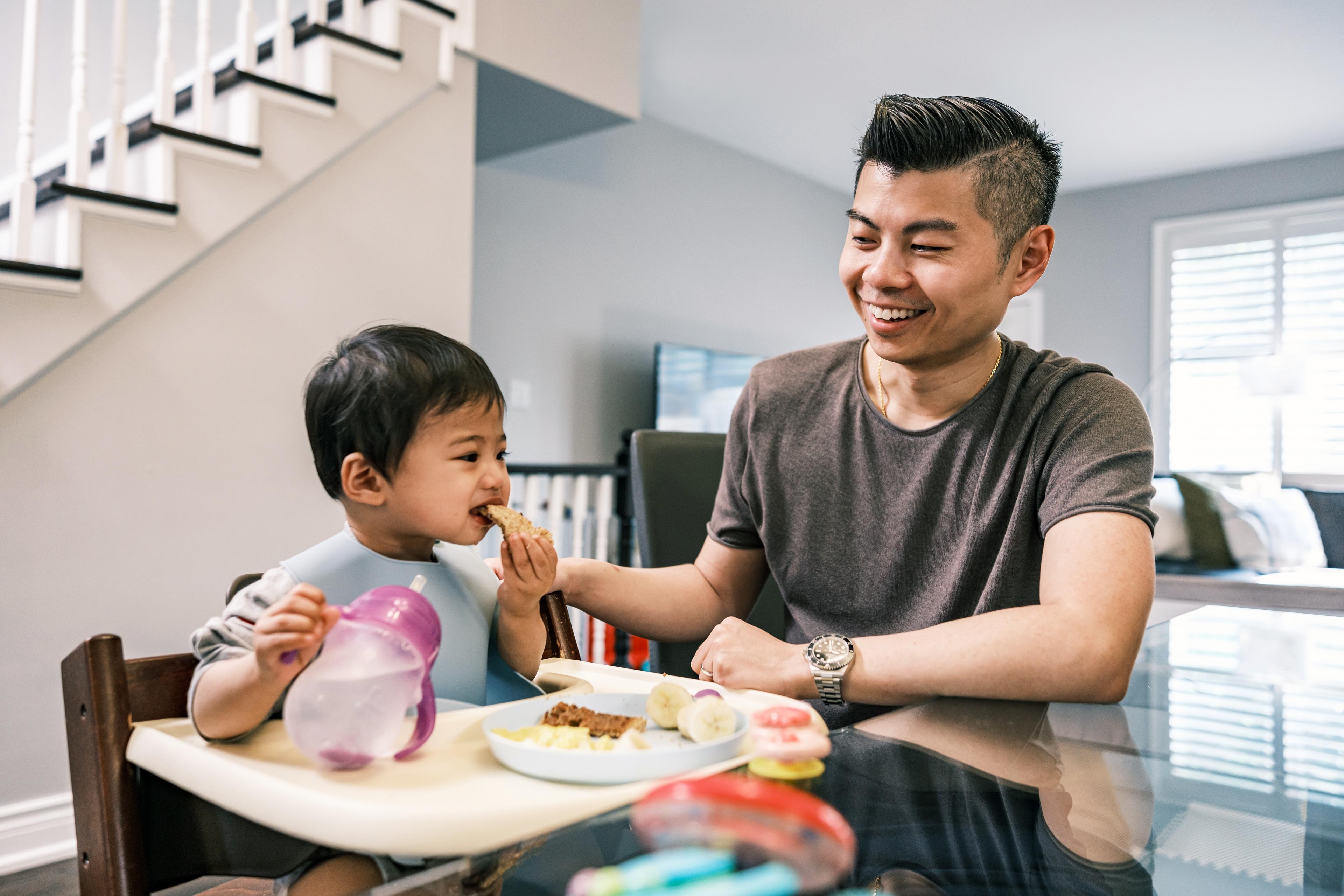Healthier Halloween Treats Your Kids Will Love
Guest Blogger
| 3 min read

With the focus on trick-or-treating and an abundance of candy and sweets, Halloween can be a difficult time for parents to encourage their kids to lead a healthy lifestyle and maintain a nutritious diet.
Fortunately, you can achieve a happy medium between allowing your children to enjoy the holiday, and still reinforcing the importance of making healthy choices.
Here are a few helpful tips to make this Halloween a bit healthier for your trick-or-treaters:
Set your family up for healthy trick-or-treating success
- Don’t send your children trick-or-treating on an empty stomach. Make sure they eat a good healthy meal beforehand.
- Trick-or-treat bags that children carry should be appropriate to their size. Older kids can carry larger bags, but not as large as a shopping bag, pillow case or plastic garbage bag.
- Instruct children to wait until they get home to eat any of their goodies so that you can inspect them first. Let them keep only treats that are wrapped commercially. Inspect and throw away any commercially wrapped treats with signs of tampering- tears in wrappers, tiny pinholes, unusual appearance or discoloration, and examine all items for choking hazards.
Set the tone: Choose healthy treats for the goblins visiting your house
Here are some ideas for Halloween treats that would be a healthier choice for the children in your neighborhood (make sure all food treats are commercially wrapped and sealed):
- Baked chips
- Pretzels
- Trail mix
- Animal crackers
- Dried fruit — raisins, dried plums
- Mini character toothbrushes
- Small toys like a stretchy skeleton or glow-in-the-dark bat
- Glow sticks or glow bracelets
- Costume jewelry (plastic rings, necklaces and bracelets)
- Mini bottles of bubbles
- Pencils, pencil toppers and erasers
- Stickers
- Rub-on or stick-on temporary tattoos
- Bookmarks
- Whistles
Teachable moments
- Consider using Halloween candy as a learning opportunity. Letting kids manage their own treats, after you ensure the safety, is a great thing to work toward.
- Research shows that treat-deprived kids eat more unhealthy choices, even when they are not hungry. Parents will not always be alongside their child to monitor food choices.
- Help them learn by setting ground rules and structure around the treats, to help them balance treats with healthy food. Let your child control the stash; don’t hide it from him or her. If the ground rules are broken, then parents can control the candy.
- If your child comes home with too much candy, consider arranging a buyout. Let your child pick out their favorite candies and set those aside for eating. Pay a nickel or dime for each sweet treat they “sell” you, and let them “earn” money for a toy or game they want to buy.
- Some families have a “switch witch” tradition. Have your child sort through the candy and pick out their favorites and leave the rest out that night for the witch to take. The more that is left out, the more exciting the gift left behind by the witch!
Photo credit: Beth
This blog post is part of #MIKidsCan, an initiative created by Blue Cross Blue Shield Michigan to promote positive change in the health and well-being of Michigan youth. Learn more about the campaign here.
Shannon Carney Oleksyk is a registered dietitian and healthy living advisor for Social Mission at Blue Cross Blue Shield of Michigan.

This post has been updated since its original publication.





